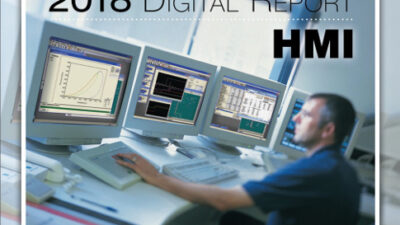Can a Hall-effect sensor be applied as a proximity detector? Yes is the short answer. If you’d like brief a refresher on one approach to doing that, look at the following excerpt and diagram, used with permission from Hall-effect Sensors: Theory and Application, 2nd edition , by Edward Ramsden (Elsevier-Newnes 2006, pp. 109-110).
The diagram shows slide-by actuation mode (a) and resultant flux vs. position (b).
“Another common way of using a Hall-effect sensor as a proximity detector is by sliding the pole-face of a magnet past the device as shown in Figure 6-3a [shown]. In this scenario, the magnet’s axis of magnetization and the sensitive axis of the Hall sensor are both parallel, but the magnet moves perpendicularly to the axis of magnetization. This sensing method is particularly useful when there is a significant chance that the magnet will travel past its normal end-stop position. In the case of a head-on sensing configuration, such over-travel could damage either the sensor or the magnet.
“Because the magnet can travel past the sensor, the slide-by configuration is only useful for indicating when the magnet is actually in front of the sensor; if one uses this configuration for an end-of-travel indicator, then a separate mechanical stop must be provided to limit magnet movement.
“In situations where it can be used, the slide-by configuration provides some significant advantages over the head-on configuration. The first is that as the magnet moves from the center (y=0) position, the sensed magnetic field may eventually drop slightly negative, as shown in Figure 6-3b. This occurs because when the sensor is off center past the edge of the magnet, it will be sensing the field returning back to the rear pole. This provides a guaranteed turn-off for any kind of switch-type (B RP >0) Hall IC. This effect will be particularly pronounced for small sensor to magnet airgaps.”
Click here , if you’re interested in ordering Hall-effect Sensors: Theory and Application, 2 nd edition or browsing for other books.
Control Engineering has several printed and ebooks available. Click here to see.
–Edited by Mark T. Hoske , Control Engineering editor in chief



